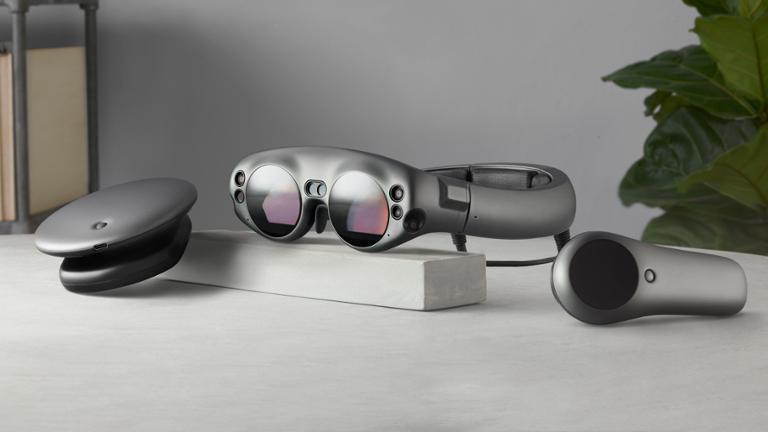Some tech startups misread the market and implode, never to be heard from again. Then you have Magic Leap, the buzzy augmented reality (AR) company, which has faced numerous crises over its relatively short life—and yet refuses to die.
Two years after Magic Leap underwent massive layoffs, a restructuring, the loss of its co-founder and CEO, and a (rumored) attempt to sell itself, the company has (somehow) managed to secure $500 million in new funding. It’s also promising to roll out an enterprise-grade AR headset in 2022.
“Since joining Magic Leap in 2020, my focus has been on accelerating the company’s shift to the enterprise market, strengthening our technological foundation, and building a robust business across sectors ranging from healthcare and manufacturing to defense and the public sector,” Magic Leap CEO Peggy Johnson wrote in a statement on the company’s website. “With ongoing support from our existing investors, Magic Leap will have greater financial flexibility and the resources needed to continue our growth trajectory as we expand on our industry-leading AR technology.”
A note on Magic Leap’s website also claimed its upcoming headset, the Magic Leap 2, is the “smallest and lightest [AR] device built for enterprise,” with new features such as “dimming” and “increased field of view.” Magic Leap intends the headset for use in multiple industries, including manufacturing and healthcare; partnerships in this new, enterprise-centric approach have included Google Cloud, PTC, Farmers Insurance, Ericsson, VMWare, and NVIDIA.
“Just as I had a front row seat early in my career to the rise of mobile, I firmly believe that the next wave of digital transformation will be driven by AR,” Johnson wrote in a separate op-ed. “That’s not to say this evolution will be easy—it’s difficult work. AR still requires incredible innovation to solve for the many challenges of merging the physical and digital worlds into one.”
But Magic Leap isn’t the only AR effort centered on the enterprise. Microsoft’s HoloLens is still under development, and rumors suggest that Apple is hard at work on a pair of AR glasses. When it comes to business strategies for cutting-edge technology, focusing on the enterprise isn’t the worst idea—the world’s biggest companies can easily spend thousands of dollars per headset (the original Magic Leap headset retailed for $2,200, while the HoloLens 2 costs $3,500 and up). Once the underlying technology becomes more commodified, it’s easier for companies to roll out a cheaper, consumer-centric headset at a much lower price-point.
Why has Magic Leap managed to survive when so many other startups have failed? Perhaps it has something to do with the fundamental promise of AR, which is shaping up as one of the tech industry’s big bets for the next decade. If industries embrace AR for everything from factory to hospital work, and consumers turn to it for next-generation apps and entertainment, the societal impact (and corporate revenues) could prove gargantuan. While it’s still very early days for the technology, with a limited number of use cases, keep an eye on it.


